Project introduction
The goal of the project DSU (Design for specific users) was to co-design a product (-system service) that supports the person with a disability in their daily life.
During the project, we have worked together as a team. In three different phases we worked together to create a final design/prototype. Phase 1 was mainly about doing research, phase 2 was about design. Phase 3 was mostly focused on the prototype. During all these phases we worked closely with the co-designer, the person for whom the product is designed.
co-designer
The ‘specific user’/co-desinger for whom and with whom a product is designed is Agnes (false name for privacy reasons). In April 2021, Agnes became ill with Graves’ autoimmune thyroid eye disease (TED). Last June, the disease became so severe that she had a 90% chance of going blind and only 10% vision left. To prevent this, she had an orbita operation in September 2022. The risk of going blind is now gone, but she still has many other practical problems.
Graves’ autoimmune thyroid eye disease is the most common eye disease. The disease results from an immune reaction against the thyroid gland and, in some cases, the eye socket tissue. The disease comes in many different degrees; for example, some people get all the symptoms and others only one or a few (Oogziekte Van Graves – UMC Utrecht, n.d.). Agnes, unfortunately, has a very severe form of the disease and therefore has had all the symptoms there are and still suffers from some symptoms now.
The symptoms that can accompany Graves’ disease are watery eyes, redness of the eyes and/or eyelids, light sensitivity, double vision, pressure behind the eyes and dryness of the cornea. In addition, eye movements can hurt, and looking straight ahead can also be painful. Another symptom of Graves’ disease is reduced vision, due to an ulcer on the cornea or pressure on the optic nerve (Oogziekte Van Graves – UMC Utrecht, n.d.) (Graves’ Eye Disease | National Eye Institute, 2022) (Thyroid Eye Disease (TED or Graves Eye Disease) | Kellogg Eye Center | Michigan Medicine, n.d.).
As said before Agnes suffers from multiple symptoms, which also affect her daily life. She has a number of aids that reduce her symptoms, but each helps with a different symptom or circumstance. For example, with the symptoms she as now, Agnes always has her glasses on with a prism stuck on them, which improves her vision and reduces double vision (Figure 1). When Agnes goes outside, her eyes must be protected from drying out, for this she has glasses during the day that are completely sealed around her eyes (Figure 2). However, these glasses are too dark for the evening, so for the evening she has plastic eye caps stickers that close off her eyes (Figure 3). On top of the stickers she has to wear glasses with the prism (Figure 1). She also has glasses that allow her to see better up close. (Figure 4) So sometimes she has plastic eye caps on, over which she wears her glasses with prism, and over that she wears her glasses for close-up vision. She also has lenses and other shaped glasses that are completely closed (Figure 5,6), but both of these aids are not suitable for prism. As a result, they cannot be used alone without Agnes seeing double. Agnes has also used/tried a lot of other glasses and aids since having the disease. Some of those glasses and combinations of glasses can be seen in Figures 7,8,9,10,11.
Because Agnes has so many different aids and she needs a different aid in every situation, she is switching between aids all day long and always has to carry all the aids with her. Also, her vision and the shape of her face changes due to the disease, so the product needs to be adjustable.

Figure 1
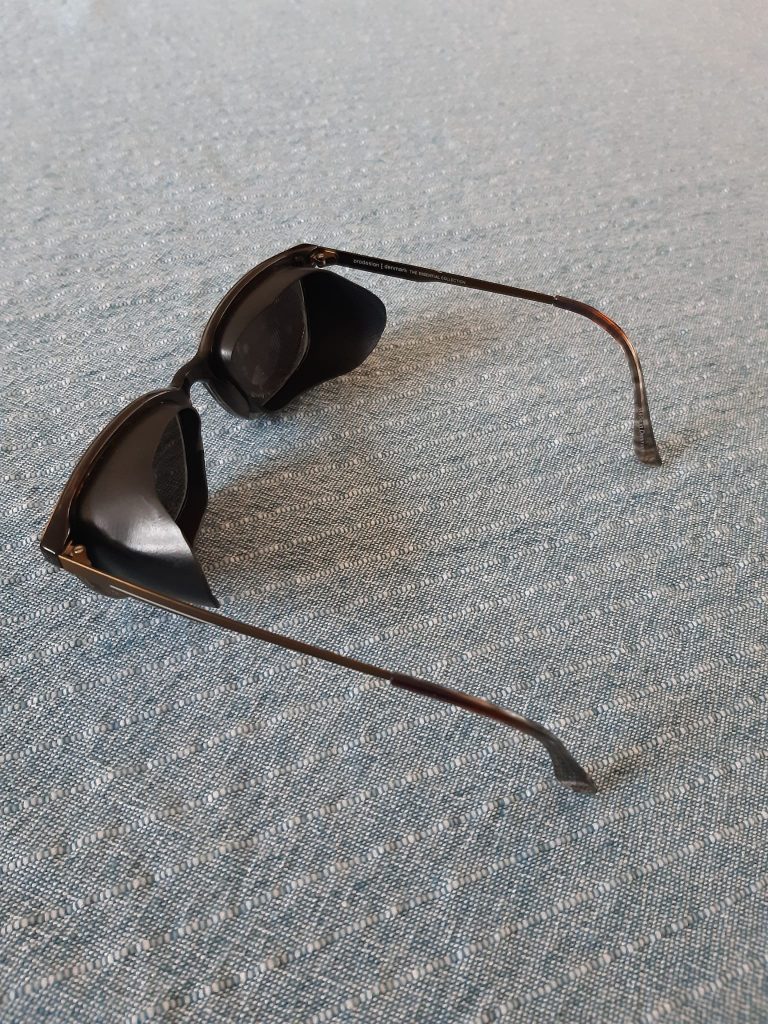
Figure 2
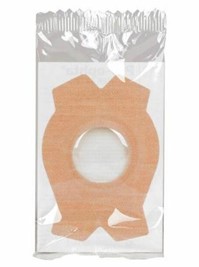
Figure 3
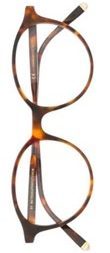
Figure 4
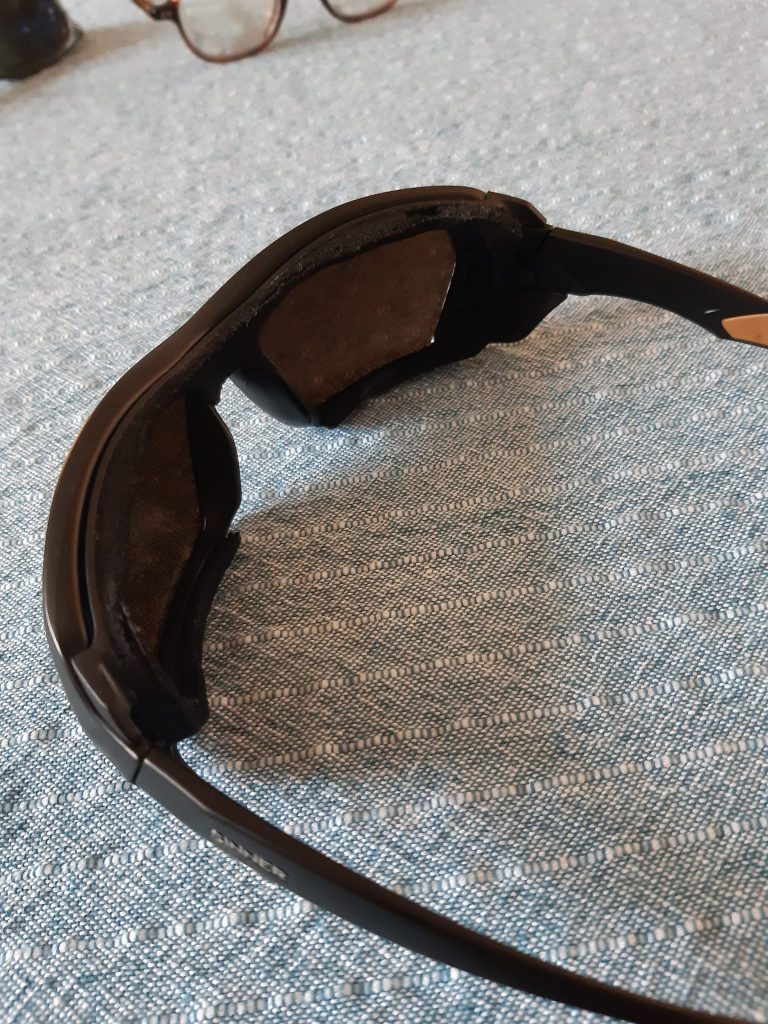
Figure 5
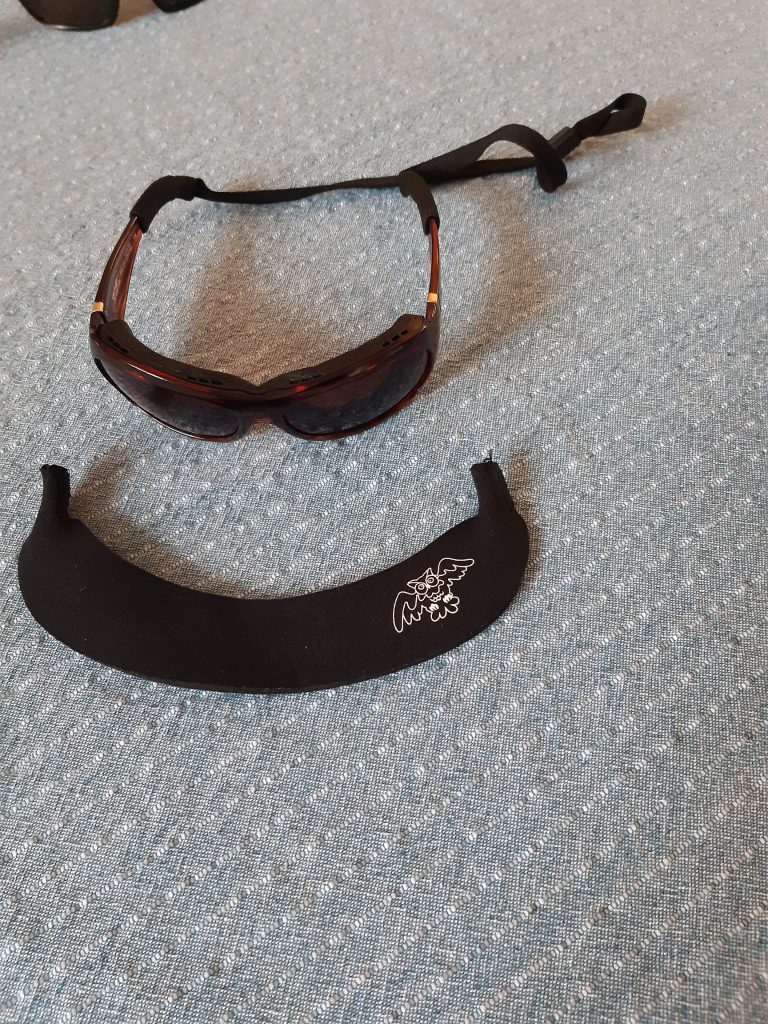
Figure 6
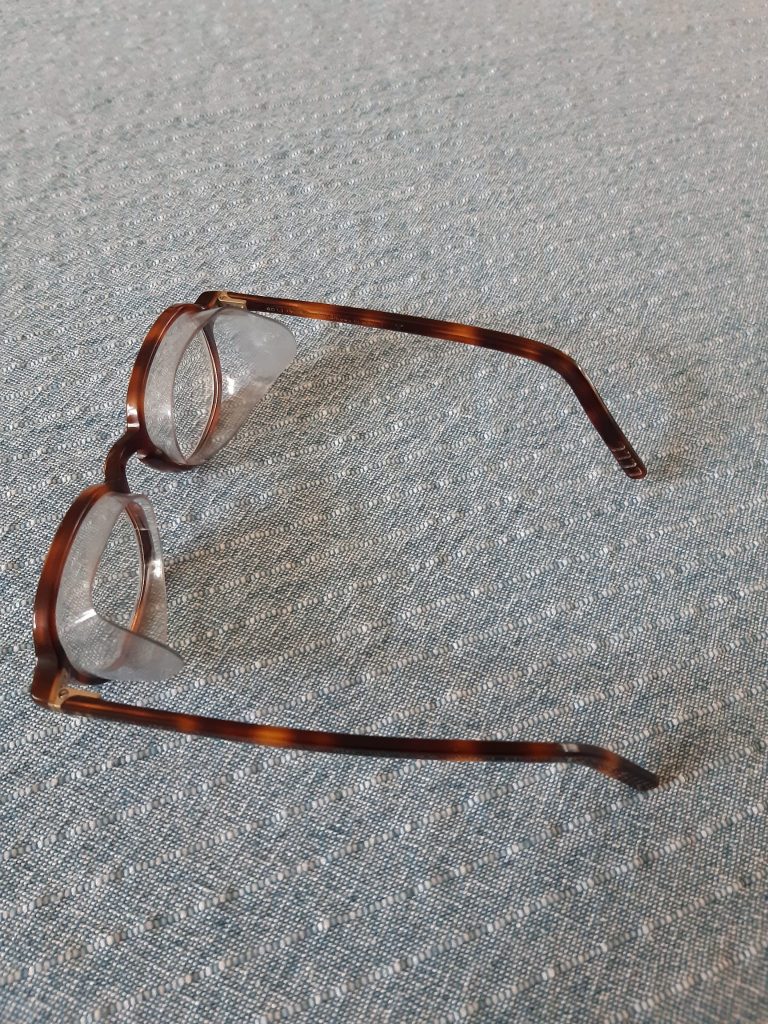
Figure 7
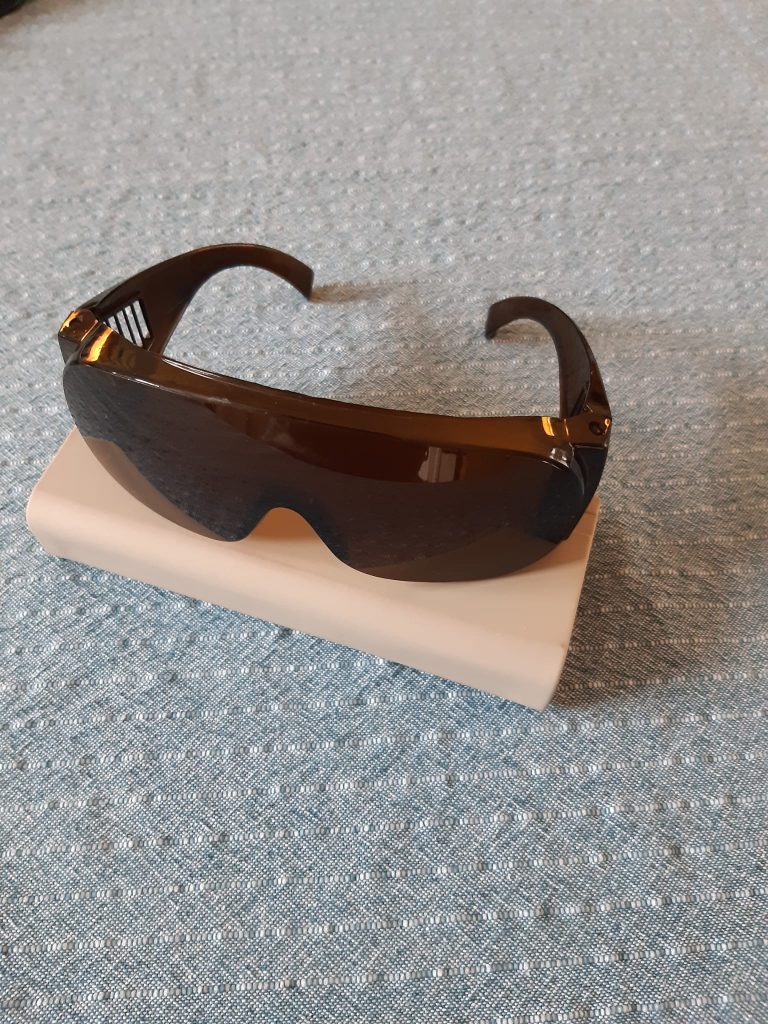
Figure 8
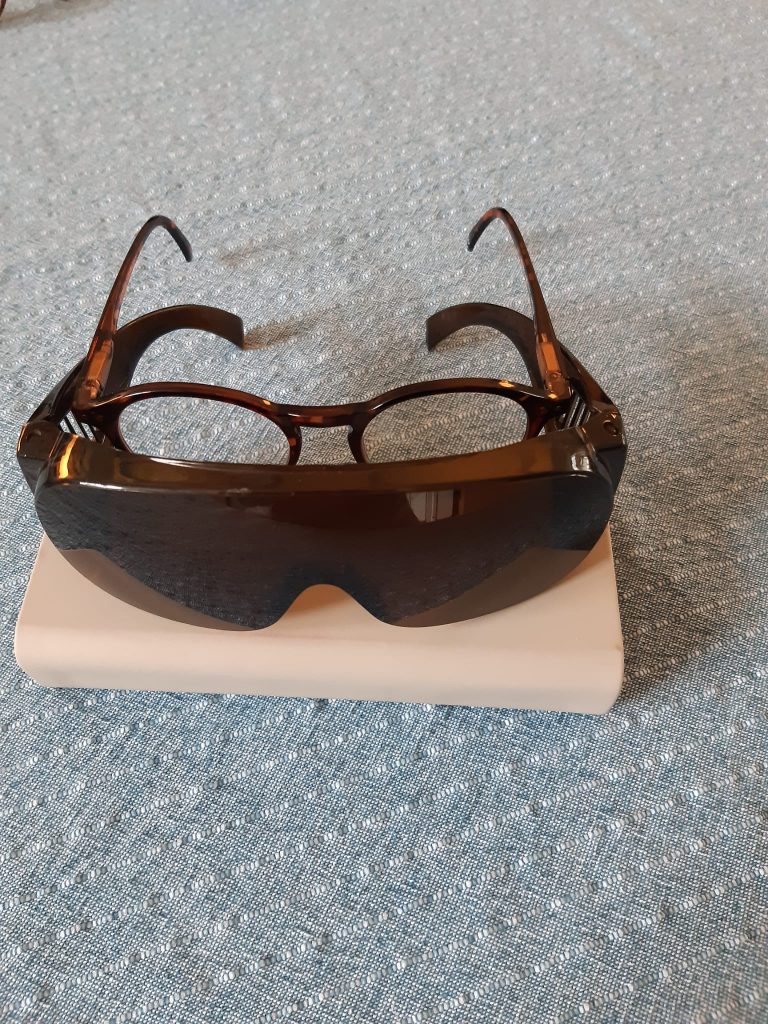
Figure 9
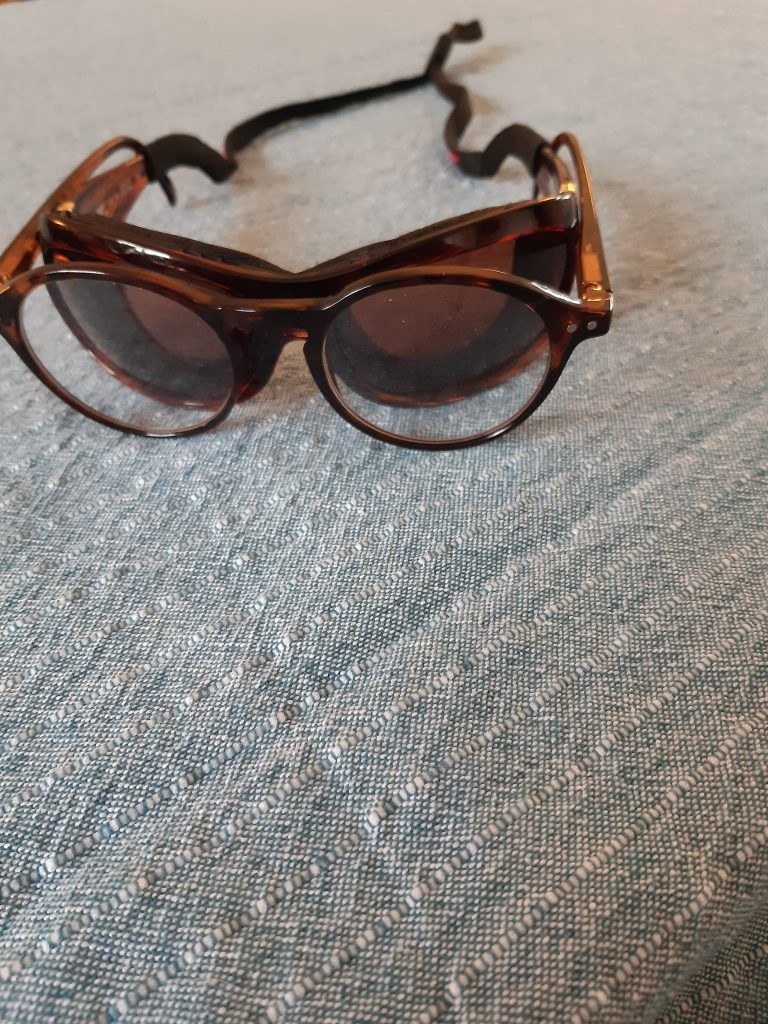
Figure 10
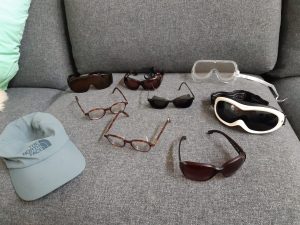
Figure 11
